
@SWWDTP @AHRC PGR at the Institute of Arab and Islamic Studies, University of Exeter | History of Iran, Afghanistan, and Central Asia
How to get URL link on X (Twitter) App

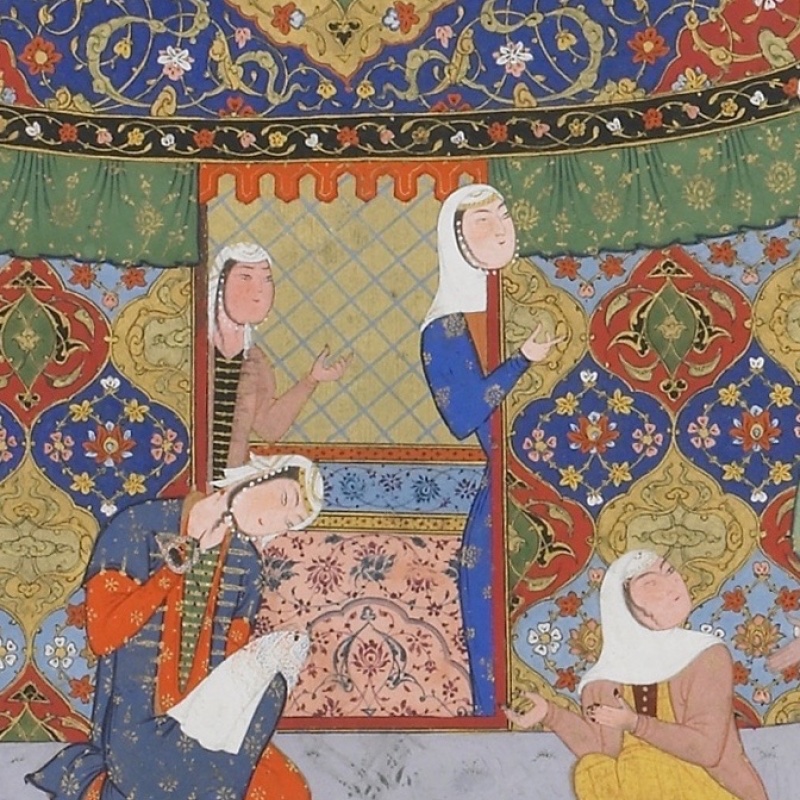
https://twitter.com/natiqmalikzada/status/1435928332718067718?s=21
 2/ Contrary to the image often given of women being oppressed and secluded in “traditional” Muslim societies, many pre-modern Afghan women were well-educated and active participants in the cultural and intellectual life of cities. Here are some examples from 15th C Timurid Herat:
2/ Contrary to the image often given of women being oppressed and secluded in “traditional” Muslim societies, many pre-modern Afghan women were well-educated and active participants in the cultural and intellectual life of cities. Here are some examples from 15th C Timurid Herat: 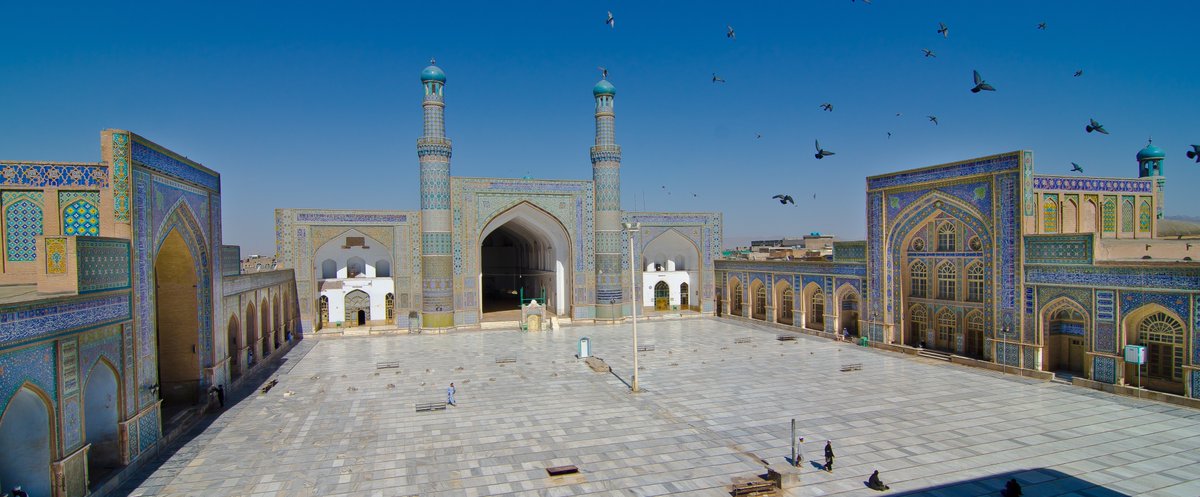
https://twitter.com/throughlineNPR/status/14359610521103933542/ Firstly, “Outsiders” suggests 🇦🇫 was historically isolated from the rest of the world, when the opposite was true. Owing to its strategic location between Iran, Central Asia, and India, it was a thriving nexus of trade and culture. Both conquered by and home to many empires:
https://twitter.com/Alex_Khaleeli/status/1415961712218476544
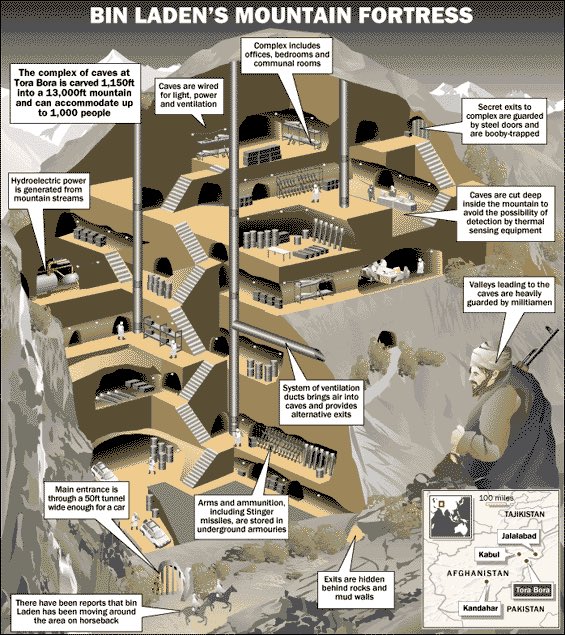
https://twitter.com/jjschroden/status/1432151025901834241?s=21

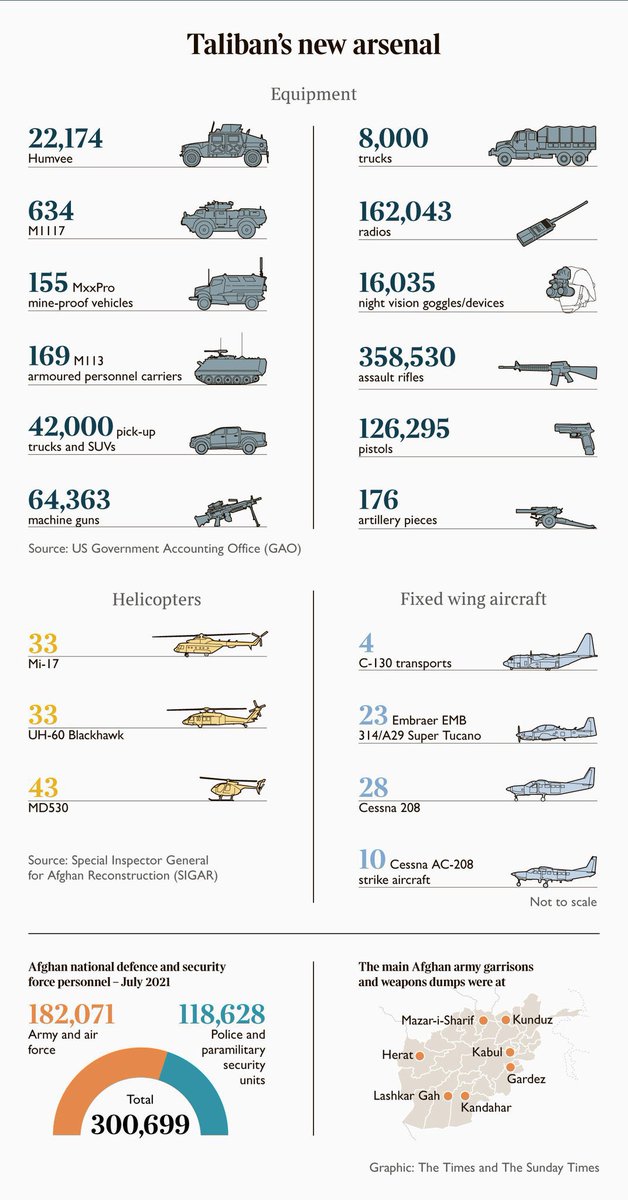 The story behind the 2001 graphic gets better! It used during Donald Rumsfeld's interview with @nbc's Meet the Press on 2nd December 2001, and he said: "This is serious business. And there's not one of those. There are many of those." Did we ever find one of these?
The story behind the 2001 graphic gets better! It used during Donald Rumsfeld's interview with @nbc's Meet the Press on 2nd December 2001, and he said: "This is serious business. And there's not one of those. There are many of those." Did we ever find one of these? 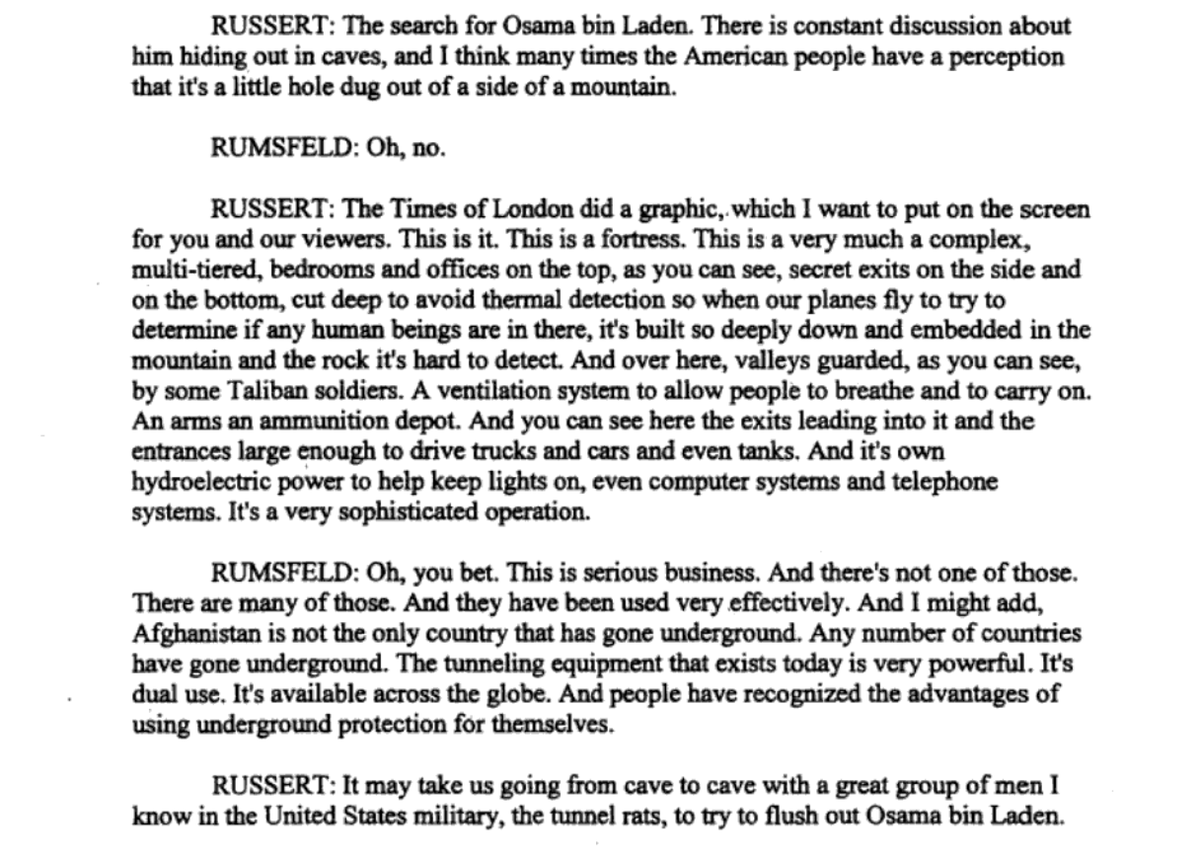
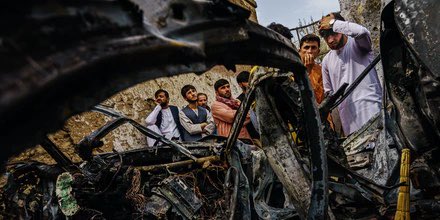
https://twitter.com/mehdirhasan/status/14325535724456960082/ These stereotypes are problematic because they identify 🇦🇫 and its people as the source of the problem, rather than the powers that invaded it: That US-led efforts failed not because we supported a corrupt government or bombed civilians, but because of Afghanistan itself.

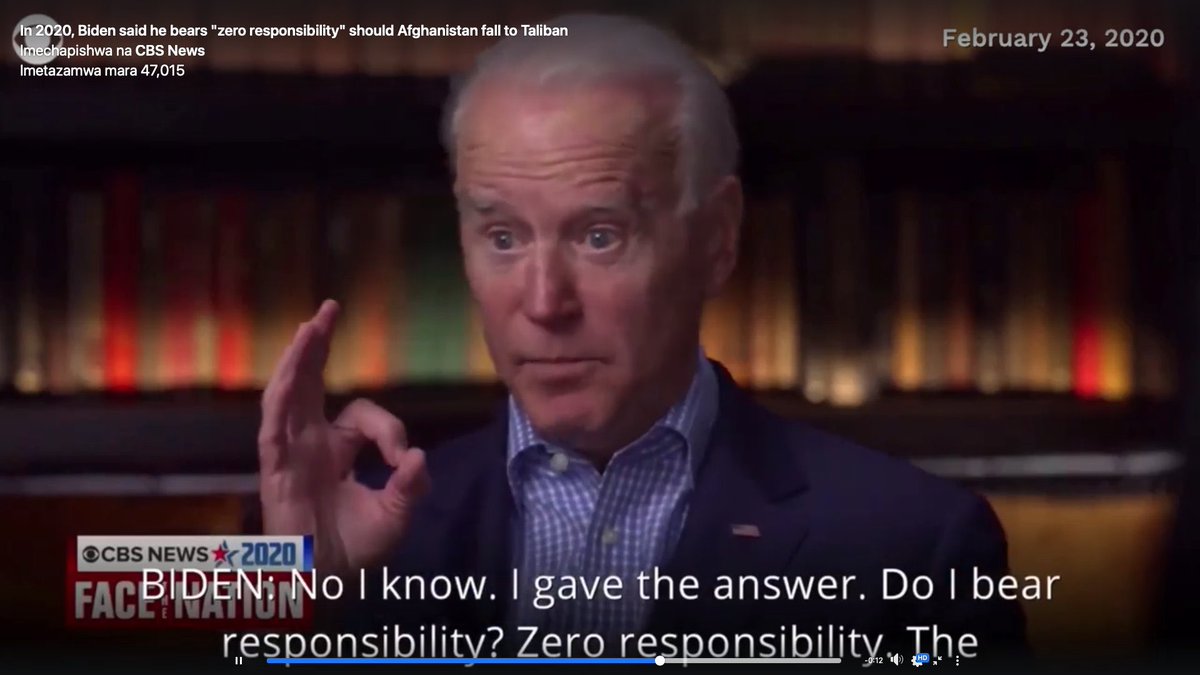
https://twitter.com/PostOpinions/status/14320202638776279102/ The root cause of our failure is identified not as any US actions or policies over the last 20 yrs but as an imagined innate character of Afghanistan 🇦🇫 and Afghans. Our only fault is failing to foresee “the speed of… the collapse of Afghan willpower.” Sound familiar?

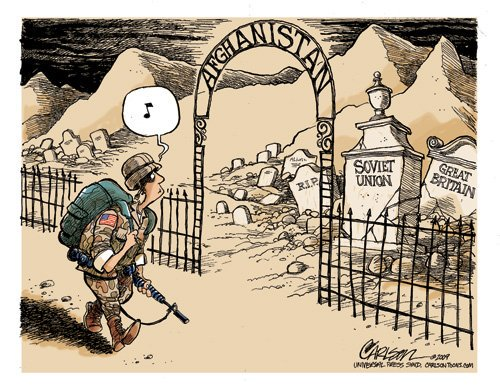
 This phrase first appeared in relation to Afghanistan in a 2001 article in @ForeignAffairs by Milton Bearden titled 'Afghanistan, Graveyard of Empires,' which cautioned against U.S. adventurism there based chiefly on the previous experience of the Soviets and the British 2/
This phrase first appeared in relation to Afghanistan in a 2001 article in @ForeignAffairs by Milton Bearden titled 'Afghanistan, Graveyard of Empires,' which cautioned against U.S. adventurism there based chiefly on the previous experience of the Soviets and the British 2/ 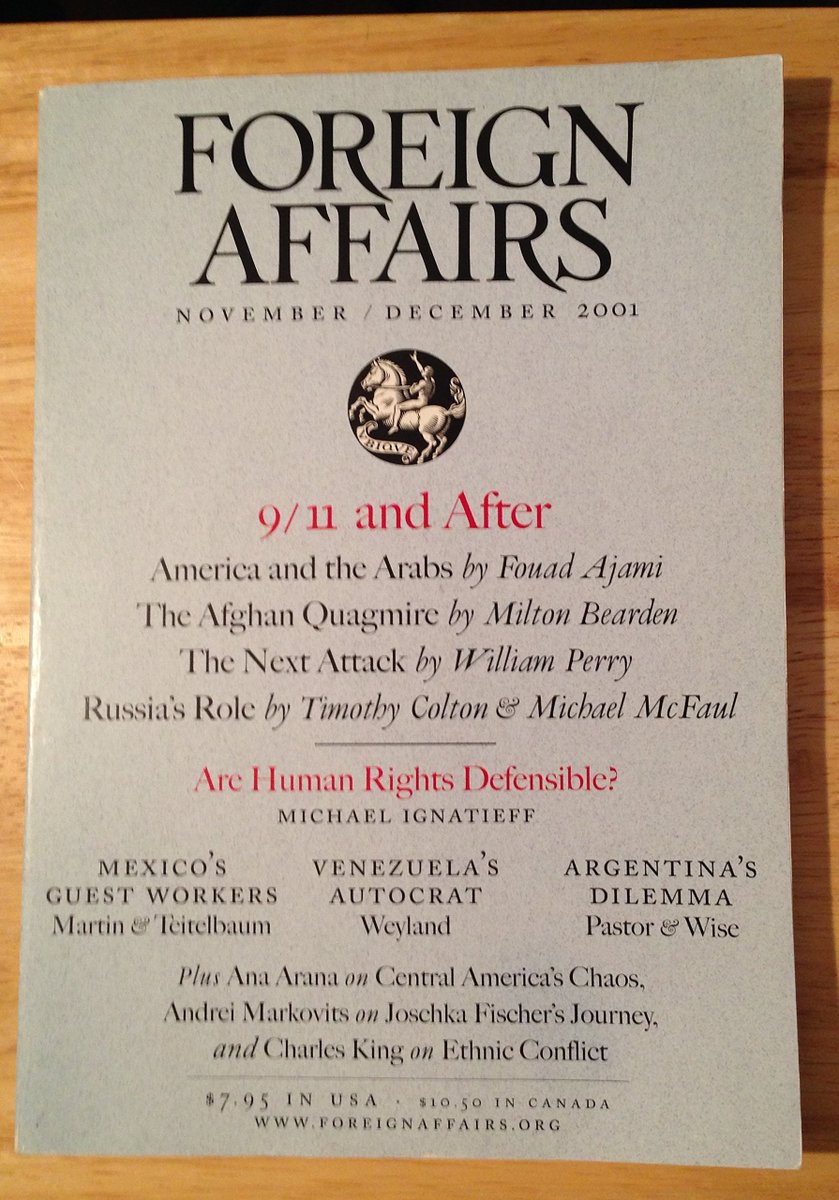
https://twitter.com/aseitzwald/status/1426206036537524225Sadly we’re going to see a lot of these takes in coming days. The notion that Afghanistan is inherently ungovernable (since the dawn of history, in fact!) is a self-serving myth without any basis in reality. In fact it’s myths like this that led to the current catastrophe:
https://twitter.com/alex_khaleeli/status/1425608335726940166
https://twitter.com/ianbremmer/status/1425476334772441096Here’s a recent thread of mine showing that Afghanistan was both conquered and the cradle of several major world empires throughout its history 2/
https://twitter.com/alex_khaleeli/status/1415961706577207299
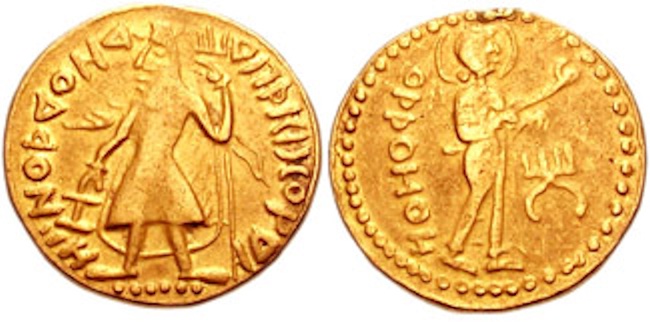
https://twitter.com/SteveSchmidtSES/status/14154293314683658291/ Kushans (30-350 AD): a Buddhist Greek-influenced empire that ruled over parts of Afghanistan, Central Asia, and North India from its capital at Bagram (of airbase fame) before being conquered by the Sasanians. They traded with Rome, Persia, India, Ethiopia, and China.

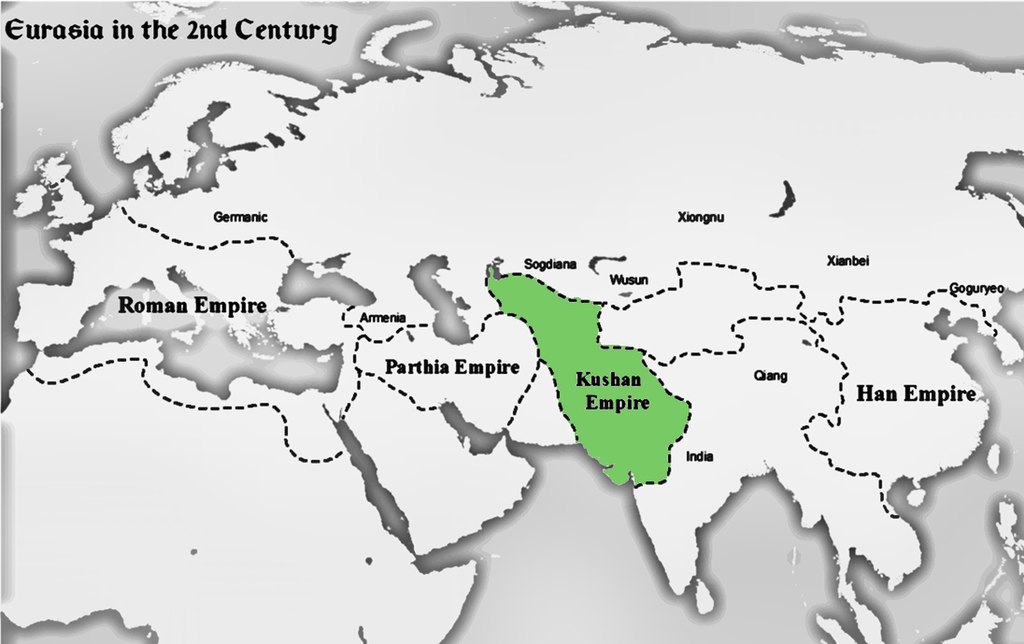
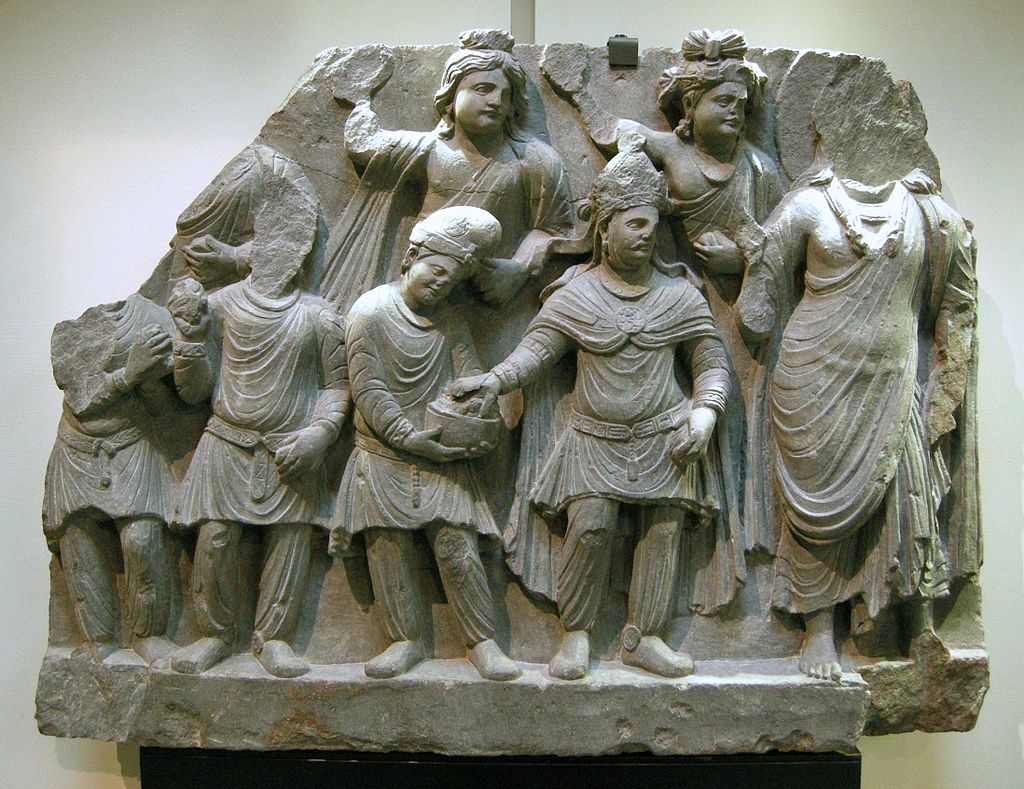
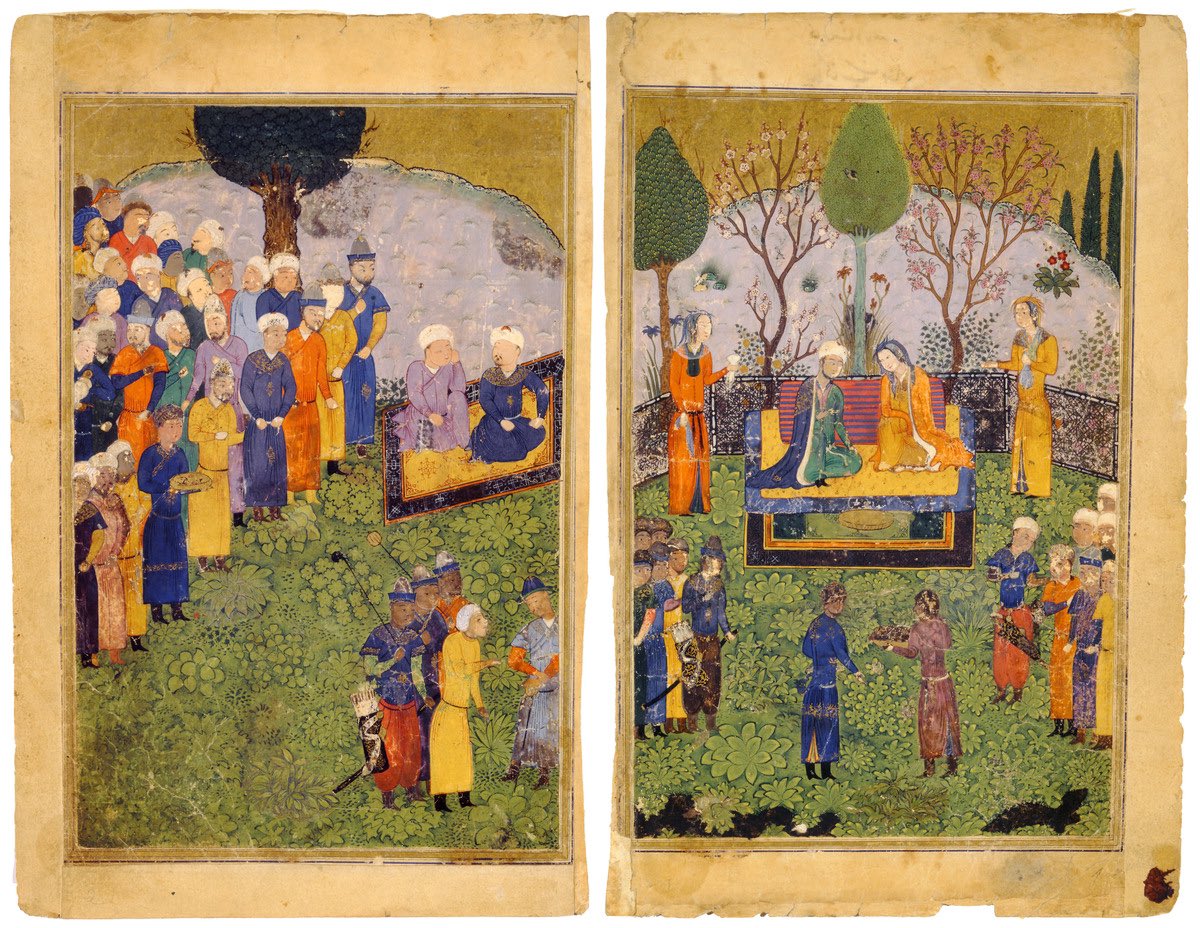
https://twitter.com/SigneWilk/status/14120613410204753921/ PAINTING: Here is a beautiful miniature from an early 15th C Shahnameh. One of many great manuscripts from this period adorned with delicate illustrations.
